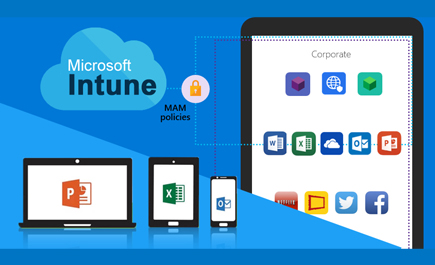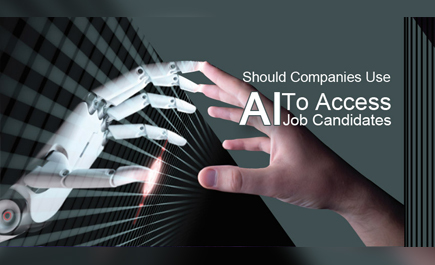Chatbot
Chatbots are a broad category that includes from amazon Alexa Smart Speakers to automated text chat on a company’s customer service page. The most powerful chatbots and the ones that can make an impact on customer’s experience and company bottom lines- are virtual agents. These are chatbots powered by an artificial intelligence that can understand and answer a wide variety of customer questions.
Virtual agents must scan the customers request combine that with whatever other information is available to them and then identify the customers intent. Once it has identified the intent, the virtual agent responds with a Script intended to solve the customer’s problem. Like all successful automation efforts, customers service chatbots can reduce costs, but the improvements they make in customer experience are far more impactful.
Virtual agents are most effective in customers service applications in service-heavy industries like financial services, retail, travel, and telecom.
Deployments are most likely to pay off in companies fielding thousands of customer chats or calls via contact centers with hundreds of agents. There are two reasons for this.
First, transcripts from those contact centers generate the masses of data needed to train the A.I. that powers the virtual agent. Training data featuring hundreds of thousands of instances can effectively power the machine learning necessary for an effective virtual agent. Second, this development typically takes months and can ultimately impact thousands of customers and hundreds of employees.
To deploy a virtual agent, first, prepare your systems. Virtual agents are hampered in recognizing a customer’s intent if they aren’t wired into the systems of record that hold your customer information. Start with small pilot projects where you can demonstrate success. Dish Network, for example, first piloted virtual agents specifically to help with the flood of orders for pay-per-view fights. Once the system had proven itself in that context, the company began to expand it to the broader set of customer service questions.
Finally, remember that virtual agents improve over time. The number of intents they can recognize will expand as your company identifies which questions are still getting handed off to human agents. A virtual agent system will keep getting better especially if you’ve set it up in the right application, with the right objectives, and in the right channels to maximize success.















